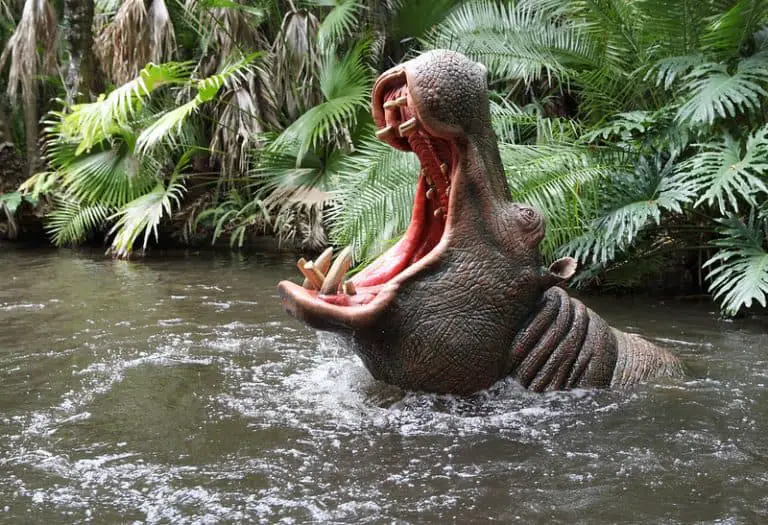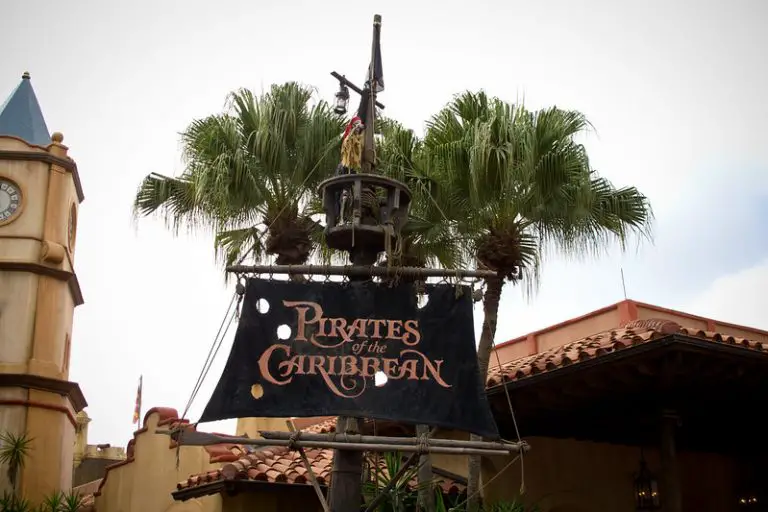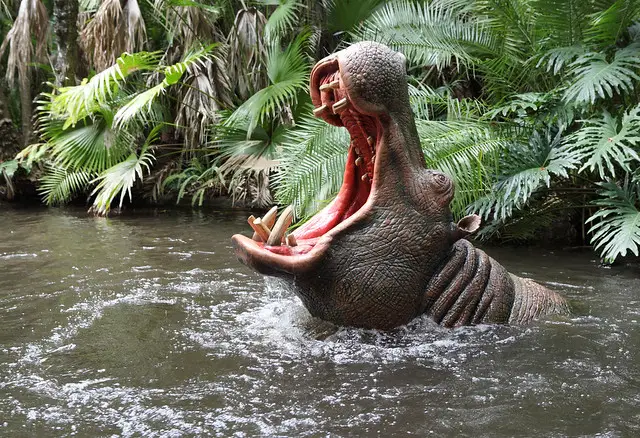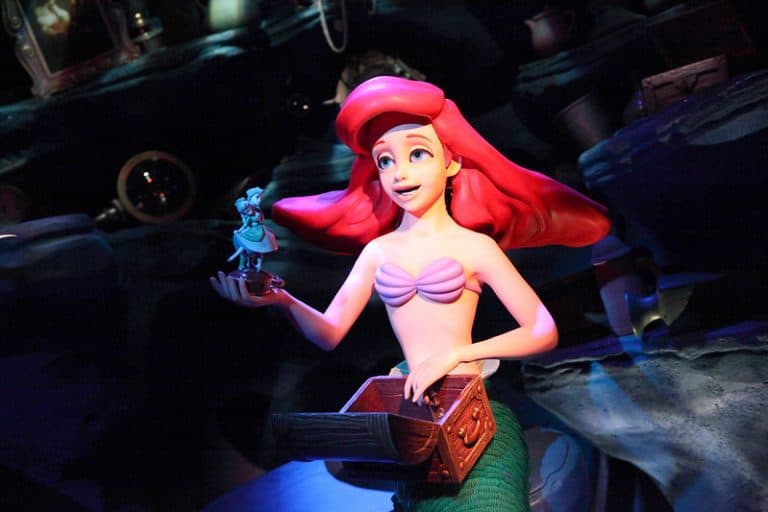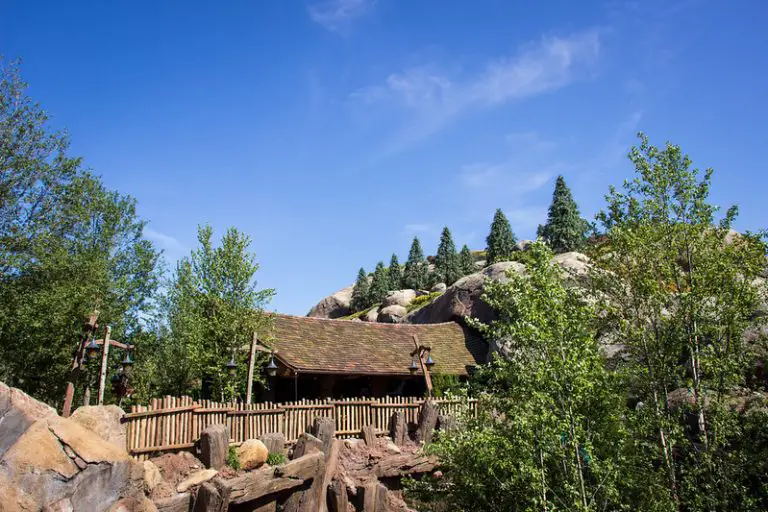Carousel of Progress review
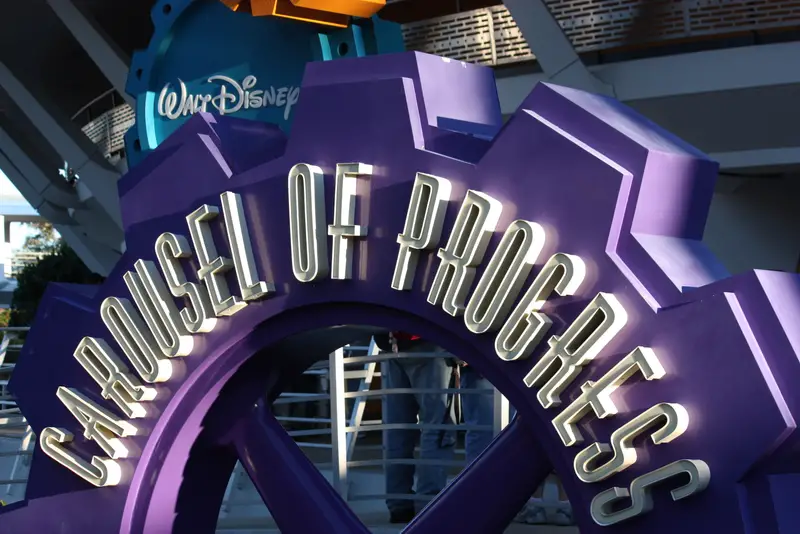
Walt Disney’s Carousel of Progress is an overlooked attraction at the Walt Disney World Resort. Tucked neatly into a corner of Tomorrowland, it can be easily missed between the Buzz Lightyear Space Ranger Spin and the metallic palm “trees.”
It’s one of the oldest rides in the park and therefore isn’t as attractive as Seven Dwarfs Mine Train or other thrilling rides; however, it also doesn’t fall into the “traditional” category of It’s a Small World or the Dumbo fliers.
Most Guests tend to pass right by it, even opting for the People Mover over the Carousel of Progress. Despite not being considered one of the “classics,” it holds all the elements that Walt Disney originally envisioned for his park. He wanted the Magic Kingdom to be a place where children and adults alike could have fun. It’s meant to be enjoyable for all ages, which is why The Carousel of Progress is easily one of the best Disney World attractions for adults and children.
Overview
You’ll walk up to the entrance via a long ramp (which makes it easily accessible for wheelchairs). At the end of which, you will be greeted by a Cast Member and if there isn’t a line (which there normally isn’t), you’ll be ushered into a theater consisting of rows of movie theater-esque seating. In front of the seating, there is a stage with curtains drawn and the attractions logo presented.
Once everyone is seated, a narrator begins to introduce the show. Impressively throughout the show, multiple characters appear in the scenes but are conveniently hidden with clever lighting and projection techniques. There are no screens here – it’s only animatronics and lighting tricks. Once the introduction is complete, the narrator starts to sing what will essentially become the Carousel of Progress song: A Great Big Beautiful Tomorrow.
In fact, you’ll likely find it to be so catchy that you’ll be searching online for the lyrics!
As he’s singing, the entire room turns around the stage like a planet orbiting the sun. It’s incredible when you stop to think about the mechanics of it. Much like the horses on a carousel, the center (where the stage is located) stays stationery and the audience turns around it.
It’s a little surprising the first time but not disorienting (so no need to worry my motion sick friends!). Once the audience is still again, an animatronic comes to life. He is the main character and acts as the narrator from here on. He appears in each scene but it’s almost as if he is in parallel timelines snatched from his pre-electricity days and put into progressively more modern eras. After each scene, someone in his family makes a comment about progress, which leads to him singing the namesake song.
This sequence of event continues, jumping to progressively modern eras until the “future” is reached. The future apparently consists of voice-activated ovens, virtual reality helmets, big screen televisions and *gasp* a husband making dinner!
All sarcasm aside, it’s a pretty impressive display of what they thought the future would look like. The ride initially debuted in the 60’s but traveled to Orlando, Florida in the 70’s. It was refurbished in the 90’s to include some more “modern” conveniences.
Considering how far in the past that was (about three decades ago!) they had a surprisingly accurate picture. If you want to learn more about the history and inspiration behind this attraction, I would start here.
When should you go?
This is definitely an attraction you’ll want to visit in the middle of the day when it’s getting hot outside. It’s set in a cool, dark theater so you can take a well-deserved break and then head over to the ice cream shop across from the ride for a refreshing treat.
That being said, even though it’s a great reprieve from the sun, it’s not worth using a Fast Pass+ reservation for; in fact, they aren’t even offered for this attraction! Because it’s situated between Space Mountain (for the thrill seekers) and Buzz Lightyear Space Ranger Spin (for the kiddos), it’s often overlooked and rarely busy.
There’s not even a digital sign to tell you how long the wait is! That’s probably due to the fact that the attraction can hold 240 Guests per show. Because the audience rotates, each time it moves to a new stage, a new section is emptied and filled. Each “amphitheater” holds about 60 Guests so even if there is a line that you’re at the end of, you’ll probably be in the next seating. The longest I have ever stood in line is ten minutes and that was only because a family with a wheelchair was let in before us.
Who should go?
It’s very accessible for Guests in wheelchairs or electric scooters; however, they do require non-medical strollers to be parked outside. There are delegated seats like in normal theaters with spots to put a wheelchair next to normal seats, so groups can sit together. In addition to being wheelchair friendly, it is also a very child friendly attraction.
If you want to see the specifics concerning accessibility, click here. There is no height requirement for children and the content is cheerful and not at all frightening, making this one of the best options for those visiting Disney World with toddlers or small children.
As long as your children aren’t afraid of animatronics, they will likely love this ride. The catchy tune, the smiling host and the adorable family dog animatronic all create a welcoming environment.
Once everyone is seated, the theater grows dim for a few minutes but quickly lights back up as the stage comes to life. The transition from scene to scene is very smooth and not at all jerky or alarming. In the second scene, there is a part where the stage goes dark to mimic what blowing a fuse was like but the theater itself still has emergency lights on and it’s not pitch black.
This is probably the “scariest” part because it is sudden, but the main character and his family continue to speak as it is a scripted “blackout.” I have brought a three-year-old on this ride before and she found it more funny than scary. If you want to see more about this moment, I would suggest watching a video of the show here.
After watching, you can decide if your child may or may not enjoy it. In addition, it’s got a lot of great pictures and you might be able to use them as inspiration for taking your own family pictures. It’s not terribly uncommon to see groups of people dressed as the family members from this attraction!
Walt Disney’s the Carousel of Progress was created to be a ride for the whole family and this is made evident in the content and how it’s presented. It’s a brilliant piece of mechanical engineering while also being informative and entertaining for Guests of all ages.
Detailed description
Each scene provides a glimpse into history. It allows Guests to feel a connection to history and realize that real people with real lives and real problems lived in those times. It’s an opportunity to nourish empathy and take a step back, which can be hugely beneficial when you’re spending a week at a place that is all about excess and convenience.
The journey starts with a narrator informing the audience about the humble beginnings of the ride and starts the first chorus of the catchy namesake tune. As the audience turns, a man can be seen on stage singing along. When the song stops, he begins to talk about the modern marvels of his world: how one can travel to New York from California in seven days, how some brothers in North Carolina are working on flying contraptions, which he purports will never succeed and how they have radio stations that claim to be able to predict weather. He’s entirely skeptical of many things we use in daily life.
His wife, teenage daughter and young son make an appearance, which allows for a smooth transition into talking about ironing, stereoscopes and horseless trollies. A lot of his phrases and words might be unknown to younger children but it provides a fun opportunity to discuss anything from soda pop shops to bloomers.
He ends his scene by talking about the progress they’ve made, which then leads into the beloved song. From here, the audience begins turning again and they see the same character appear but in a different timeline, presumably set in the 1920s.
A similar scene plays out with the main character explaining sports stadiums, “electrical servants” and blowing fuses before singing his tune that signals the start of another rotation. In this next scene, he is once again singing and sitting in his kitchen. The décor indicates it to be late 1980’s or early 1990’s. This time, he discusses television (shown on a 10-inch screen), home exercise devices, and electric mixers. From this scene, he starts singing again and the audience makes a turn into one final scene.
In this scene, it’s Christmas time and everyone is gathered around after opening presents. The young son and grandmother are seen playing with virtual realty on a big screen television. The husband cooks dinner with a voice activated oven and the mother is seen working on a computer. It’s a nice change of pace that the husband actually does some house work instead of simply sitting around in the kitchen while his wife labors with laundry, sewing, and wallpapering. This brings us to my least favorite parts of this attraction.
The problem with “progress”
The main character is often seen patronizing the females in his family. His wife is constantly working and putting up with his ignorance but he never even thanks her much less offers to help with housework, which is evidenced when she literally asks for his help to hang wallpaper and he instead ruins her kitchen mixer by turning it into a paint stirring machine and ruining her rug.
In another instance, his daughter is seen in her room getting dressed and scolds her father for showing people (the audience) her room while she’s “indecent” (e.g. in her bloomers and corset), but he brushes off her complaint saying that the audience are friends. If we follow that logic, it’s ok for a father to not only be around his teenage daughter when she’s in her underwear but that she should let him show her off to his friends?
It’s mindboggling to me the sheer amount of misogyny that was put into a family-oriented attraction. When his young son (probably nine or ten) is seen looking at lewd pictures through a new device that his father particularly instructed him not to use without permission, he is simply scolded and warned to put it away before his mother sees it.
It finally gets a little better in the “futuristic” scene where the husband is seen cooking and the mother is programming on her laptop. It’s by no means perfect but at least it’s not as blatantly controversial. I would use this as an opportunity to discuss not only previous generations and how different life is now but also draw parallels to his attitude. In the same way that we don’t churn our own butter, we don’t let friends see our daughters in their underwear!
This is, of course, an extreme example but this attraction is meant to be “edutainment.” It’s supposed to be educational while also being entertaining. There is a chance to take all of these scenes and turn them not only into lessons on technological progress but also lessons on social progress. Because of the vast opportunities for conversations, this is one of the attractions that might attract parents of children who are normally in school but in town for a family vacation to the Walt Disney World Resort.
Is it worth it?
All in all, Walt Disney’s Carousel of Progress is a good attraction, a great way to get out of the sun for at least twenty minutes and can start an interesting dialogue. Here’s a list of my biggest pros and cons for this attraction.
Pros
Little to no wait. Also, there aren’t any Fast Pass options, so you never have to watch a crowd pass you despite waiting in line for what feels like hours.
A sit-down, cool show for twenty minutes. That in itself is a valuable asset in the Florida heat.
Educational and can open dialogues about historical and social progress
Entertaining! It’s fun to see all the different kitchens, personal devices and family dynamics of America through the ages.
This is one of Walt Disney’s original rides. He presented it in the World’s Fair and while it’s been refurbished and slightly updated, this is still one of the few things that has his figurative fingerprints all over it.
The dog! He steals the show every time.
Everyone goes through turnstiles, which is an appropriate detail considering the content of the show.
Cons
Along with older technologies, they also include older ideologies. It may have been acceptable for men to not help with household chores in the 1920’s but presenting that kind of behavior via a friendly middle-aged man who faces no repercussions could let children think it’s acceptable because no alternative was presented.
The song is SO catchy. There’s merchandise sold featuring the song lyrics. Some people may like this but to me, it’s even more catchy than the tune from It’s a Small World.
The queue line is not covered. While the attraction is an indoor show and the wait is rarely more than ten minutes, that doesn’t really matter when an infamous Florida rainstorm passes through. Depending on if you’re already soaked from the rain (or sweat depending on the season), this could be an uncomfortably cold twenty-minute show.
Overall, I would rate The Carousel of Progress 4.5/5 stars. There is not a single attraction in Disney’s Magic Kingdom that I would rate 5 stars either because of the queue line, the reliability or any other various reason so this is as good as it gets for me. It’s not a thrill ride but it’s a welcome break from the craziness of a magical (but hot) theme park.
If you enjoyed this article, please “like” our Countdown to Magic Facebook page!
You Also Might Want to Read:
- The 8 Best Disney Dining Shows to See on Your Trip
- Disney World FastPass+ Tiers for Magic Kingdom: Key Tips and Strategies
- Disney World FastPass+ Tiers for Epcot: Key Tips and Strategies
- The 7 Best Disney World Souvenirs You’ll Want to Buy
- The Top 10 Disney Resorts Ranked from Best to Worst
- The 7 Best Disney Attractions for 5 Year Olds That Are Super Fun
- The 8 Best Disney World Tips for Toddlers That Parents Will Love
- The 7 Best Disney Hotels for Large Families You’ll Love

